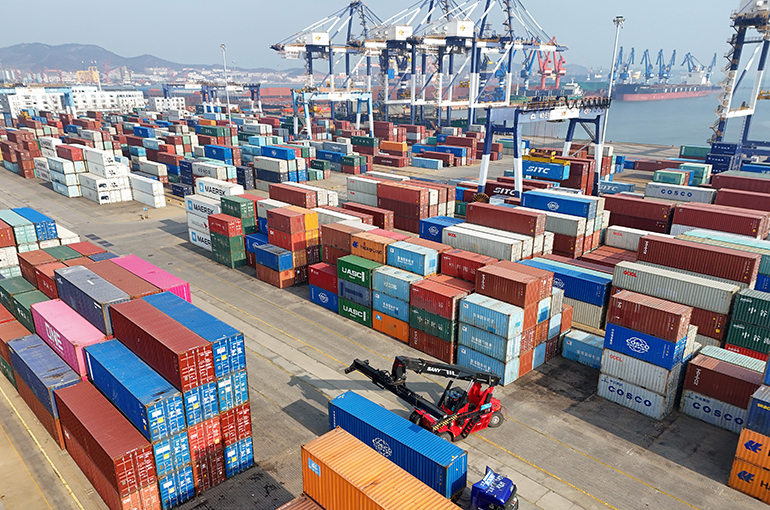 China’s Swift Policy Action Has Calmed Post-Tariff Market Jitters, Nomura Economist Lu Says
China’s Swift Policy Action Has Calmed Post-Tariff Market Jitters, Nomura Economist Lu Says(Yicai) April 21 -- The Chinese government has managed to keep the country’s capital markets steady following the global market turmoil triggered by the US’ new Reciprocal Tariffs, thanks to a series of well-timed macroeconomic policies and market interventions, according to the chief China economist at Japanese financial group Nomura Holdings.
"Over the past two weeks, the government’s implementation of domestic policies has been very effective,” Lu Ting said at a recent media roundtable in Beijing. “During the critical days following the roll out of the Reciprocal Tariffs, the central bank provided relending support to sovereign wealth fund Central Huijin Investment to help stabilize the stock market."
Although the US markets took a triple hit with stocks, bonds and the dollar all tumbling since the tariffs were announced, the situation in China has been quite different, Lu said.
Chinese stocks quickly stabilized after Central Huijin started hiking its holdings in companies listed on domestic bourses. Although the offshore Chinese yuan briefly dipped below 7.42 against the US dollar, it soon bounced back to around 7.3 and has since held steady.
"Considering the external pressures we are under, I think China’s policy response has been quite good," he said.
Social Reforms
Consumer spending has played a big role in helping the economy bounce back, Lu said. First-quarter GDP growth was really solid, and retail figures were also impressive.
The government's "trade-in" subsidies for cars and home appliances have had a significant impact on stabilizing consumption over the past few months, he said. This program could be extended to other sectors, such as tourism, hotels and restaurants.
But in order to make people willing and able to spend more, the social welfare system needs to be strengthened, Lu said. The key to unlocking greater consumer spending is to give people a greater sense of financial security.
Housing Market Support
In the past few years, strong growth in exports has helped to offset the downward pressure on the economy from the sluggish real estate sector, Lu said. However, it is now possible that these two major engines of economic growth may contract at the same time. This makes stabilizing the housing market an even more important mission for policymakers.
While some areas, such as major cities and coastal regions, are showing signs of a slight recovery, the property market has not yet picked up nationwide, he said.
Policymakers should therefore help developers clear their inventory and reduce their debt levels, while at the same time also boosting support to ensure the on-time delivery of pre-sold homes, Lu said.
People should not put too much store in further cuts of banks’ reserve requirement ratio or the trimming of interest rates, Lu said.
"In my opinion, although there is still room for more RRR and interest rate cuts, the government has plenty of other tools that it can use to signal its commitment to stabilizing the economy."
Editors: Tang Shihua, Kim Taylor